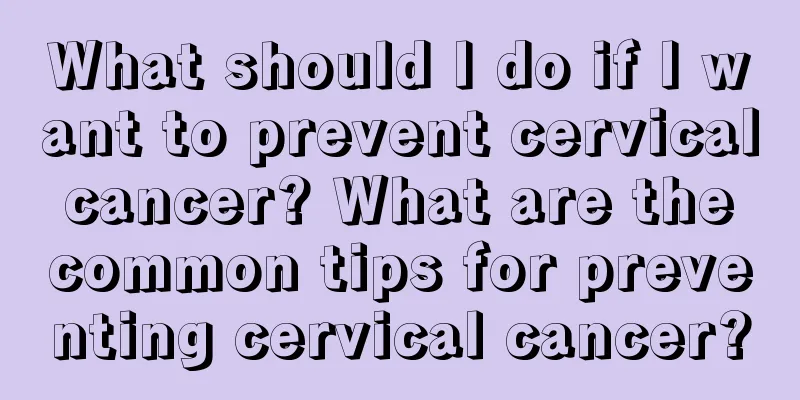What is the transmission route of hepatitis C

|
Hepatitis C is a common viral liver disease with a high incidence rate in life because it is contagious. The common transmission routes include blood transmission, sexual transmission, mother-to-child transmission, etc. If you want to have a healthy body, you must be aware of disease prevention, so as to improve the efficiency of prevention. 1. Blood transmission ⑴ Transmission through blood transfusion and blood products. Due to the window period for anti-HCV, the unstable quality of anti-HCV detection reagents and the fact that a small number of infected people do not produce anti-HCV, it is impossible to completely screen out HCV-positive people, and massive blood transfusions and hemodialysis may still lead to HCV infection. ⑵ Transmission through broken skin and mucous membranes. This is currently the main mode of transmission. In some areas, intravenous drug use accounts for 60% to 90% of HCV transmission. The use of non-disposable syringes and needles, dental instruments that have not been strictly sterilized, endoscopes, invasive procedures and acupuncture are also important routes of percutaneous transmission. Some traditional medical methods that may cause skin damage and blood exposure are also associated with HCV transmission; sharing razors, toothbrushes, tattoos and ear piercings are also potential ways for HCV to be transmitted through blood. 2. Sexually transmitted. 3. Mother-to-child transmission: The risk of anti-HCV positive mothers transmitting HCV to their newborns is 2%. If the mother is HCV RNA positive during delivery, the risk of transmission can be as high as 4% to 7%. When combined with HIV infection, the risk of transmission increases to 20%. High HCV viral load may increase the risk of transmission. 4. Other routes: The transmission route of 15%~30% of sporadic hepatitis C is unknown. HCV is generally not transmitted through kissing, hugging, sneezing, coughing, food, drinking, sharing of eating utensils and cups, contact without skin breaks, and other contact without blood exposure. |
<<: What should I do if my face is sunburned and peeling? How to solve it
>>: What causes severe anal fissure
Recommend
What are the benefits of drinking tangerine peel and Poria cocos soaked in water
Tangerine peel and Poria cocos are two traditiona...
The difference between genetically modified soybeans and non-genetically modified soybeans, support non-genetically modified
Many foods nowadays are genetically modified, esp...
Is laser or microneedle better for removing pits
Acne scars are a type of skin problem that is lef...
What should I do if I have Henoch-Schönlein purpura and high urine protein?
There are many types of allergies, and a very ser...
How can women prevent breast cancer? Women who want to prevent breast cancer can massage these 6 acupoints more
How can women prevent breast cancer? Massaging th...
Does advanced lung cancer still require surgery?
Once such changes occur in the late stage, our su...
Can massage treat headaches?
Headache is a rather annoying problem. Because of...
Bone cancer patients must understand its treatment method as early as possible
At present, there are more and more bone cancer p...
The early symptoms of liver cancer in patients are mainly liver pain
Since the early symptoms of liver cancer are not ...
Bleeding for hours after tooth extraction
Because the teeth are loose or the wisdom teeth a...
Are kidney cysts serious? What kind of disease is renal cyst?
Renal cyst is a type of kidney disease and a comm...
Can aloe vera gel remove fat particles? Dissecting the true effect of super glue
Eyes are the windows to people's souls. When ...
What is the best way to train your pelvic floor muscles?
The pelvic floor muscles are the pelvic floor mus...
Which acupoints can be massaged to grow taller?
Every parent hopes that their child can grow tall...
How is a person's aura cultivated
The aura formed by a person is related to many fa...









